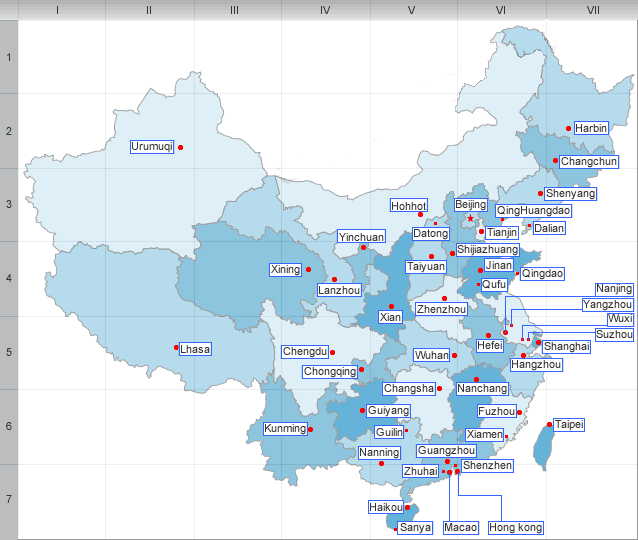Qingyang Municipality Overview
Chinese Name: 庆阳市 (qìng yáng shì)
Nationalities: Han
Administrative Division: 1 district (Xifeng); 7 counties (Qingcheng, Huanxian, Huachi, Heshui, Zhengning, Ningxian, Zhenyuan)
Seat of the City Government: No.186, Changqing Beilu, Xifeng District, Qingyang City
Qingyang is habitually called 'Long Dong' because of its locality in eastern Gansu Province . It borders Shaanxi Province in the east and north in the neighborhood of Ningxia Hui Autonomous Region in the west. Within the province, it is bounded on the south by Pingliang City. It covers an area of 27,119 sq km. Population of the city amounted to 2.5 million by the end of 2007.
Qingyang has a semi-dry continental climate with plenty of sunshine. Average temperature of the city is 7-10 Celsius. Average annual precipitation is 480-660 mm, while average annual sunshine amounts to 2,250-2,600 hours.
Qingyang is rich in natural resources. Reserves of petroleum amount to 2.8 billion tons, making the city an important oil field of Gansu Province. In addition, reserves of coal reach 142.8 billion tons, contributing 94% to the province's total.
Transportation in Qingyang is very convenient. State Highway 211 (Yinchuan-Xi'an) and the Provincial Highway 202 run through Qingyang from east to west, while State Highway 309 (Rongcheng-Lanzhou) and the Provincial Highway 303 cross the city from north to south.
Qingyang has an extremely long history. The first paleolith was discovered in Huachi County of the city. The Western Zhou Dynasty (11th century BC to 771 BC) developed and grew in Qingyang and then moved southward. It was during the Qin Dynasty (221BC-206BC) that shires and prefectures began to be set up in this region.
| PREV:Pingliang Municipality Overview | Next:Jinchang Municipality Overview |



